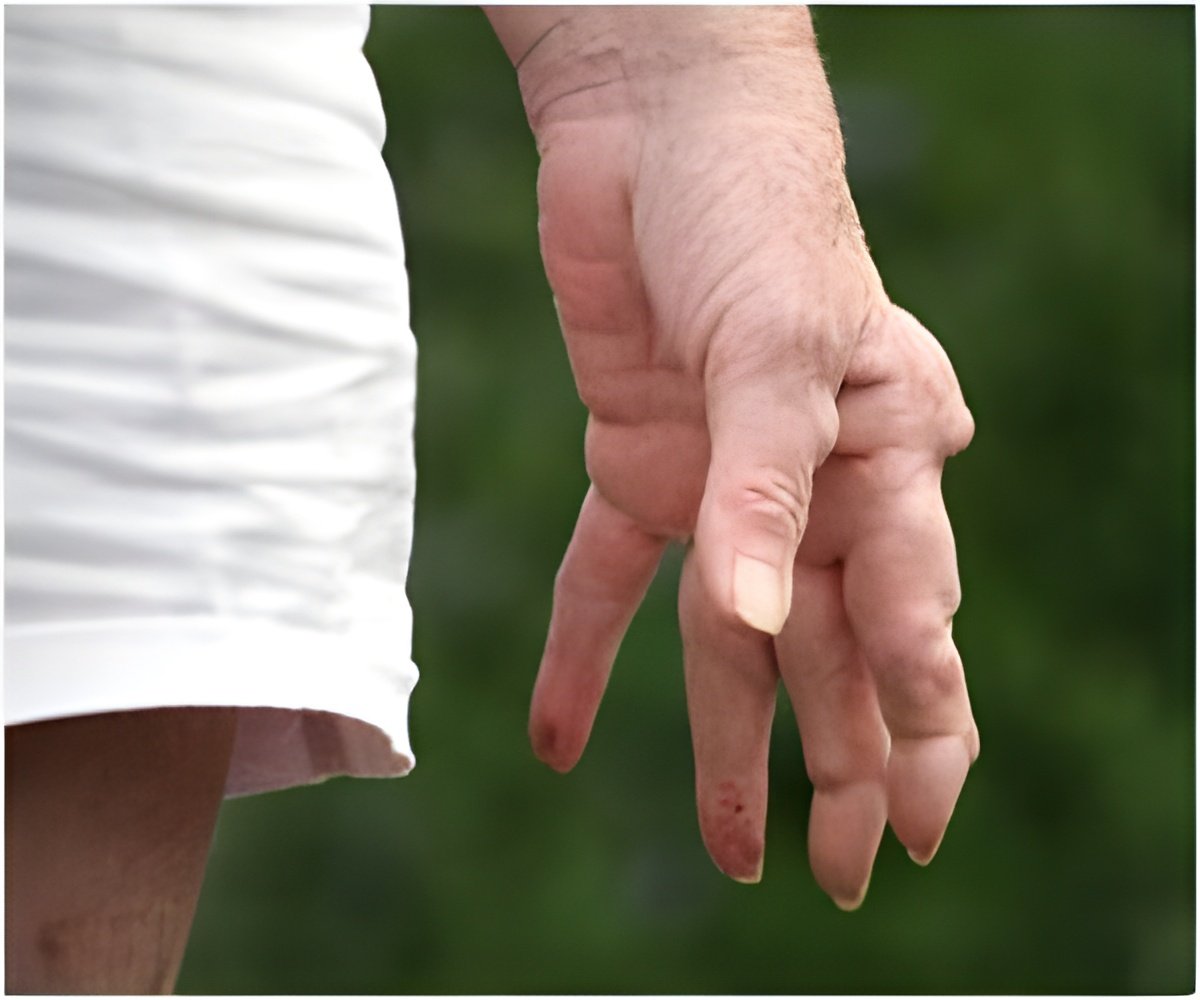
Senior author of the study, Elena Losina, PhD, PhD; co-director of the Orthopedics and Arthritis Center for Outcomes Research at the Brigham and Women's Hospital in Boston and lead investigator of the study comments, "The large number of newly-diagnosed cases of knee osteoarthritis in younger individuals will lead to continued increases in the use of total knee replacement. Furthermore, these data are consistent with the recently observed tripling of total knee replacement use in 45 to 65 year old persons in the U.S."
Osteoarthritis, or OA as it is commonly called, is the most common joint disease affecting middle-age and older people. It is characterized by progressive damage to the joint cartilage-the cushioning material at the end of long bones-and causes changes in the structures around the joint. These changes can include fluid accumulation, bony overgrowth, and loosening and weakness of muscles and tendons, all of which may limit movement and cause pain and swelling.
Researchers from the Brigham and Women's Hospital used data from the Centers for Disease Control in a validated computer model (called the OAPol model) of the course of knee osteoarthritis to estimate the number of newly-diagnosed knee OA cases in the U.S. during two decades: the 1990's and the 2010's.
Using the OAPol model, the researchers were able to simulate the onset and progression of knee OA in individuals with demographic characteristics similar to U.S.-based population from age 25 until death. Data from the model were combined with CDC population estimates to project the incidence and course of knee OA in the U.S. during the time periods studied.
The researchers found that physician-diagnosed knee OA affects about seven percent of Americans over the age of 45.They estimate that Americans will be diagnosed with knee OA much earlier in life in the 2010s versus the 1990s.In fact, the average age of physician-diagnosed knee OA is projected to fall from age 72 in the 1990s to age 56 in the 2010s - a difference of 16 years. Additionally, they found that Americans who are between the ages of 35 and 84 in the early 2010s are likely to account for nearly 6.5 million new cases of knee OA over the next decade, with ages 45 to 64 accounting for 59 percent of these cases.
Advertisement
"In the last decade, obesity and knee injuries have become more prevalent, possibly contributing to the increase in knee OA in younger adults," explains Dr. Losina. "These trends toward earlier knee OA diagnosis may have a dramatic economic impact on the U.S. health care system."
Source-Newswise













